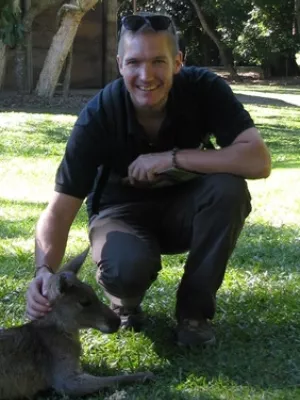
Paul Caplat
Researcher

Modeling population dynamics, landscape structure, and management decisions for controlling the spread of invasive plants
Author
Summary, in English
Invasive plants cause substantial economic and environmental damage throughout the world. However, eradication of most invasive species is impossible and, in some cases, undesirable. An alternative is to slow the spread of an invasive species, which can delay impacts or reduce their extent. We identify three main areas where models are used extensively in the study of plant spread and its management: (i) identifying the key drivers of spread to better target management, (ii) determining the role spatial structure of landscapes plays in plant invasions, and (iii) integrating management structures and limitations to guide the implementation of control measures. We show how these three components have been approached in the ecological literature as well as their potential for improving management practices. Particularly, we argue that scientists can help managers of invasive species by providing information about plant invasion on which managers can base their decisions (i and ii) and by modeling the decision process through optimization and agent-based models (iii). Finally, we show how these approaches can be articulated for integrative studies.
Publishing year
2012-02
Language
English
Pages
72-83
Publication/Series
Annals of the New York Academy of Sciences
Volume
1249
Issue
1
Links
Document type
Journal article
Publisher
Wiley-Blackwell
Topic
- Ecology
- Earth and Related Environmental Sciences
Keywords
- Exotic species
- Integrodifference equation
- Landscape
- Network theory
- Seed dispersal
Status
Published
ISBN/ISSN/Other
- ISSN: 0077-8923